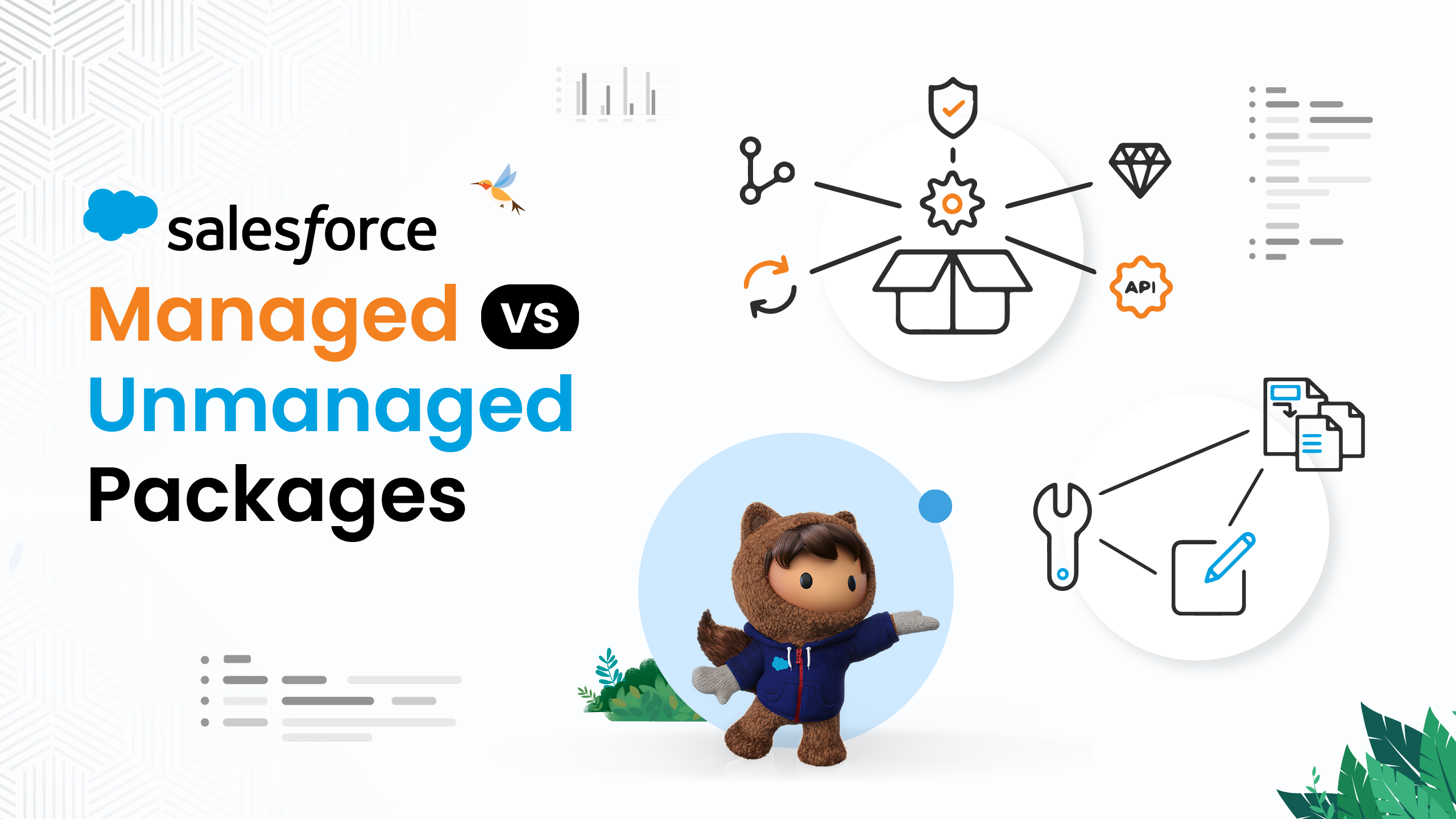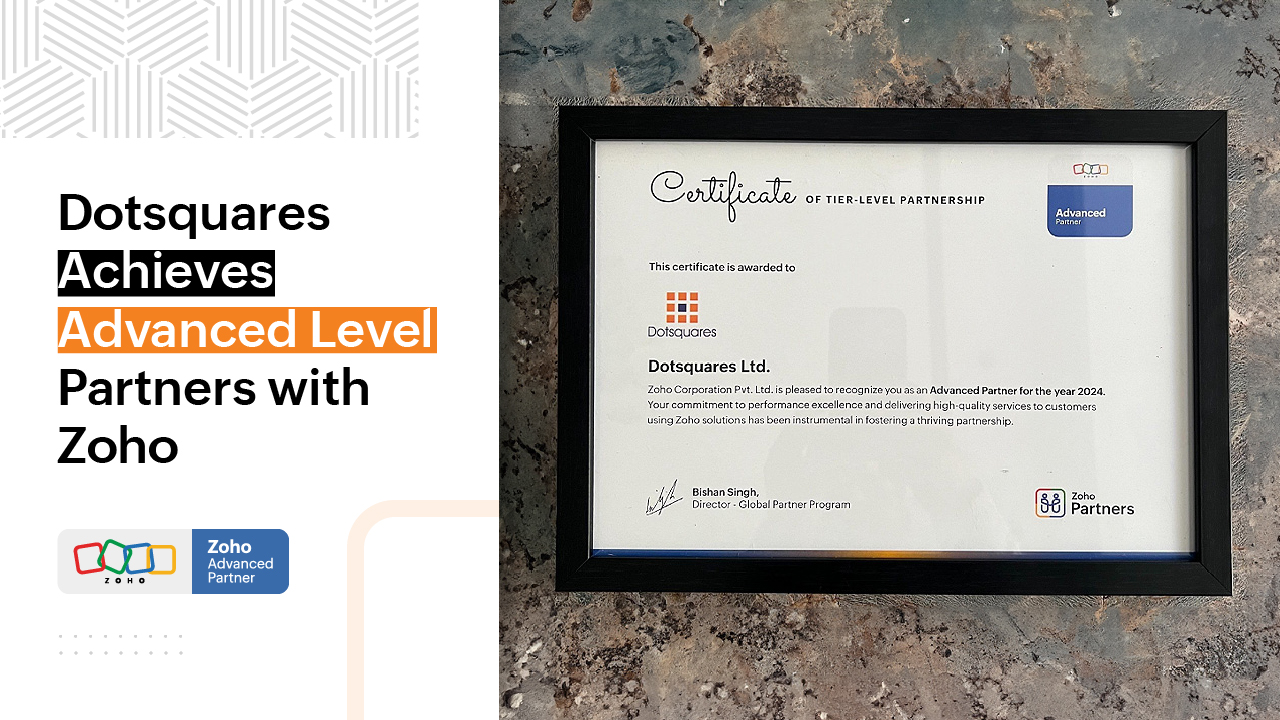February 05, 2021
Nowadays, information is luxuriously easy and quick to access via the web. A simple click of your mouse and Google has calculated billions of search results based on the keywords you enter in the search bar. With so many businesses and individuals out there seeking to capture market segments, win customer loyalty and optimise conversion, the accessibility of your website has never been so important.
The irony is, many of the most common accessibility issues making sites unattractive and difficult to navigate takes next to nothing to fix, and yet dramatically boosts sales and engagement. Here are just some of the most commonly-seen issues that paint a website as inaccessible and unattractive to clients that may seem obvious, but are not to be overlooked.

This involves choosing the right colour – and font – of your page text to ensure it stands out to visitors and is easy to read. Customising the colours of your page text to be legible against different backgrounds, pictures and against other content is a simple yet effective way to maintain viewership.
Missing Alt Text on Images
This is another very common accessibility issue that a surprising percentage of websites miss. Alt text is the description you can put over a photo to describe images to visitors who are unable to see them, thereby making your website accessible to sight-impared users, for example. Another benefit of alt text is that it can make images on a website visible when screen readers and browsers try to block them.
Missing or Ambiguous Link Text
Put simply, if it isn’t clear where a link is or how to activate it, your site becomes unnecessarily frustrating for users and can put them off surfing your web pages. Missing text means that there is no hyperlink embedded in the text, wherein users hover the mouse over a word and it directs them to the corresponding page. Ensure all your website links are up-to-date and navigable; not just vague calls to action such as “click here” or “more information” that screen readers and other assistive devices won’t be able to decipher.
Cluttered Navigation Links
Too many navigation links poses a problem for screen readers and other assistive devices. This particularly tends to be the case for many council- and government-owned websites. Rather than having 50 navigation links at the top of your site, utilise search bars and sub navigation that divides the web pages into logical segments to be clearer for the user.
Optimise Form Labels and Controls
Form labels tell screen readers and their users what information a particular field of a website enquiry form requires. From job application forms to simply requesting a call back, contact forms are crucial functions that customers use to interact with the website owner. However, they are also one of the most common causes of accessibility issues for screen readers and their users. Going through your forms and ensuring the form labels are clear, such as “next page” or “submit”, is yet another simply but effective task website owners can carry out.
Time-Outs Cannot be Controlled
Often, for security purposes, many forms will expire after a set time period – particularly, the captcha forms that users will need to verify during purchases. However, with a screen reader or assistive device, time-outs might not be able to be predicted and can obstruct the purchasing process if users are unable to know when the form is about to expire. Website owners should ensure that this aspect of the form is accessible and widely user-friendly.
Fixing these seemingly small but impactful accessibility issues can put you in the top 10% of websites and help you organically rise above the competition. For a free consultation and analysis, reach out to the friendly team at Dotsquares, and we will help you with our 18+ years of industry experience.
By Lauren Hamilton
Source: https://www.accessiblemetrics.com/blog/top-8-most-common-accessibility-issues-to-avoid-and-solve/




